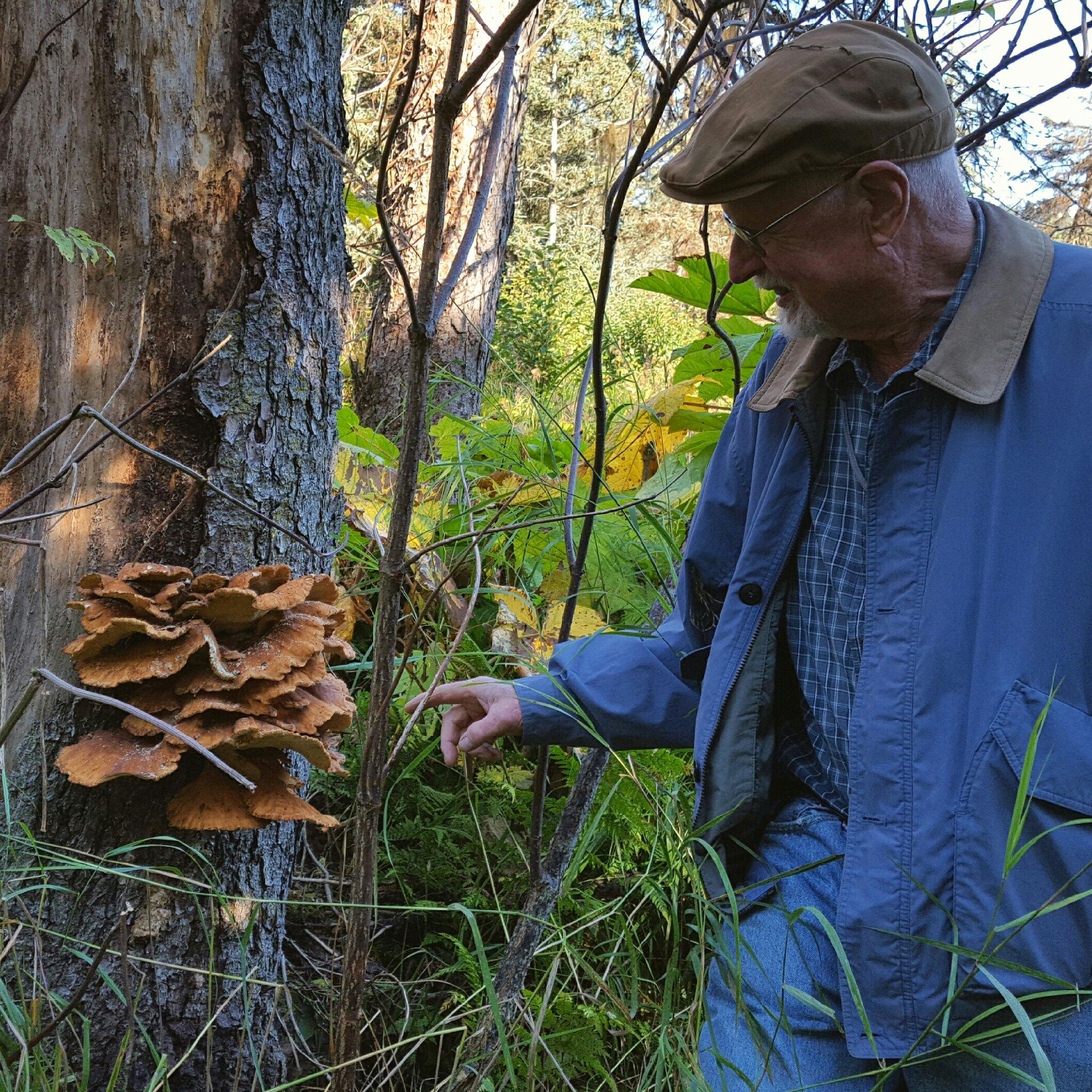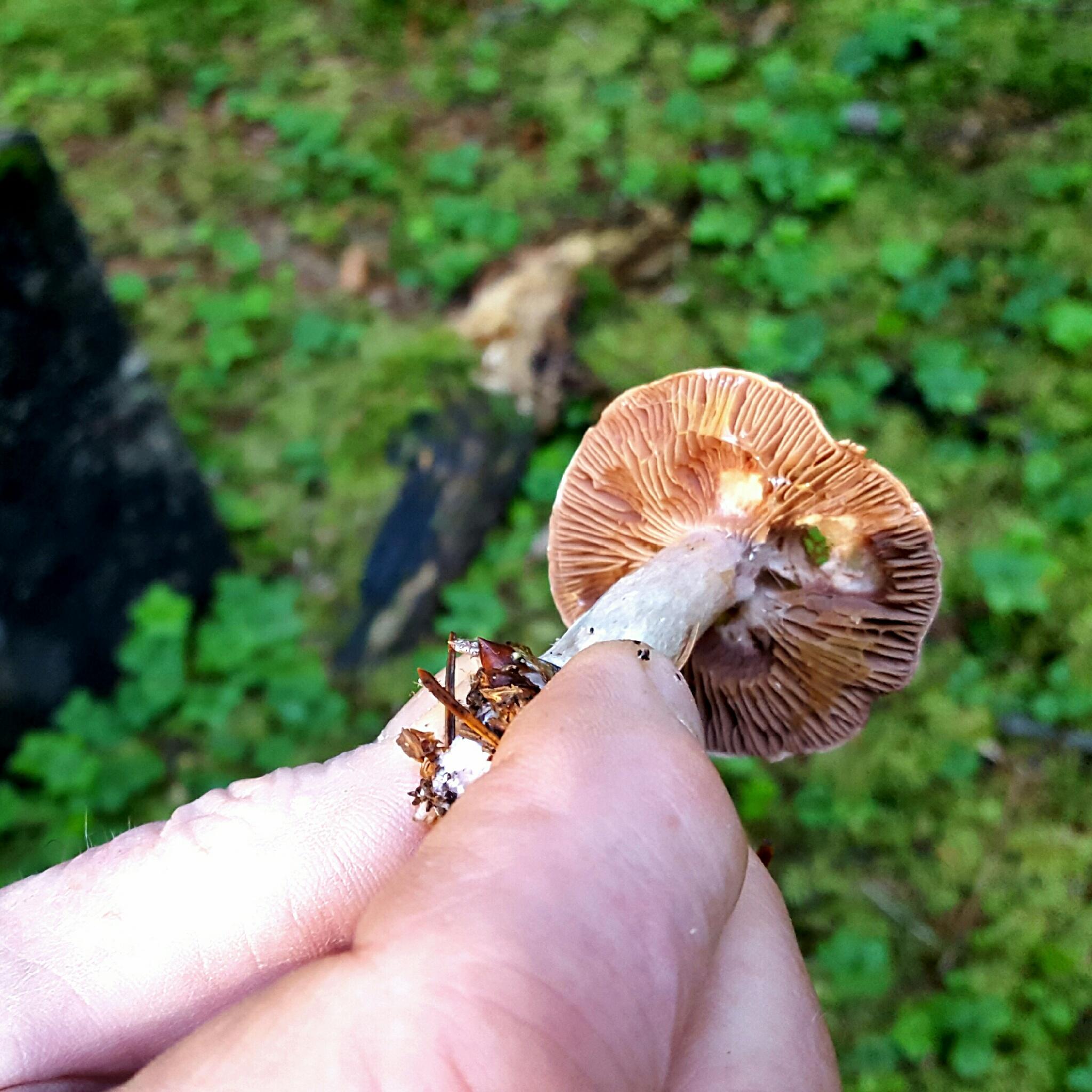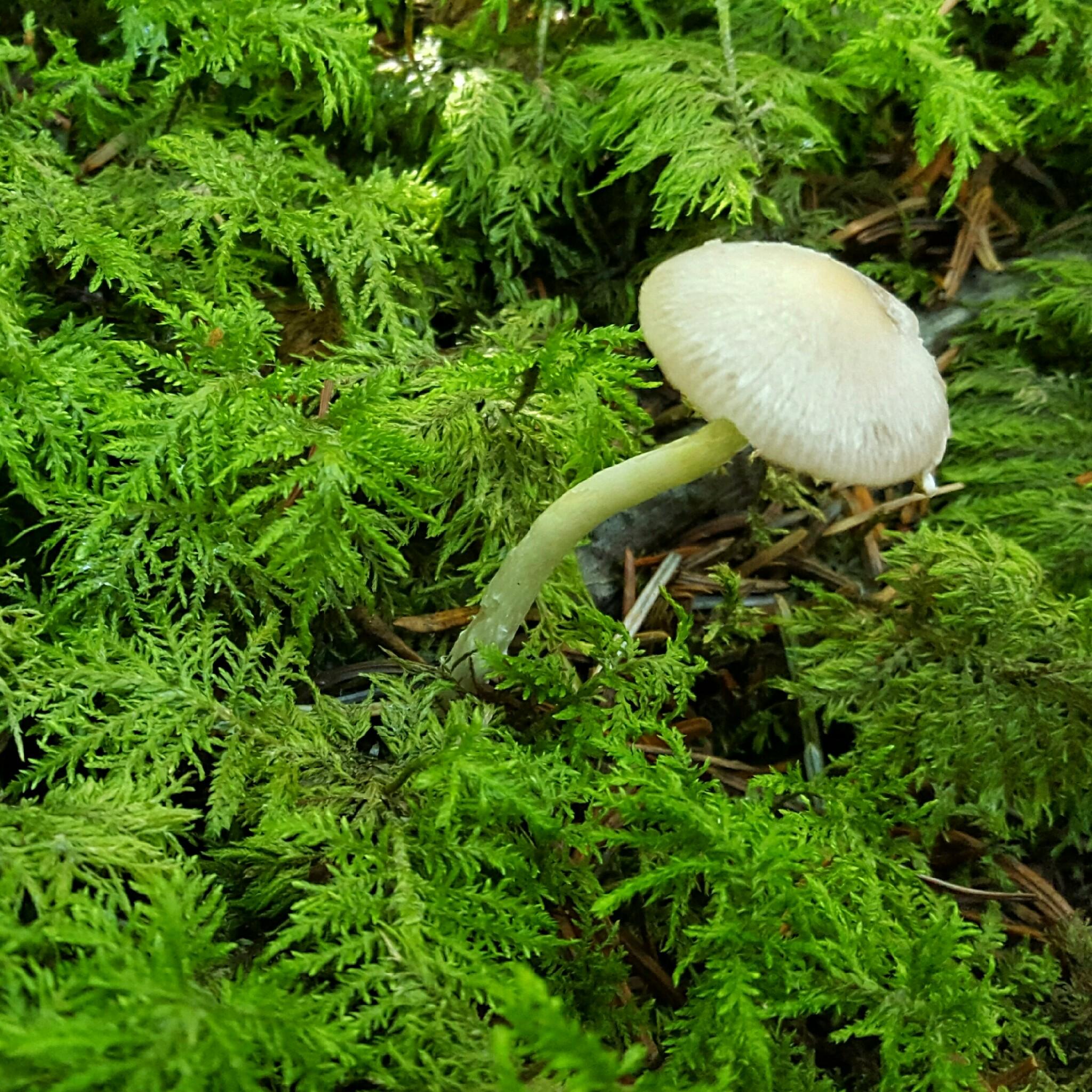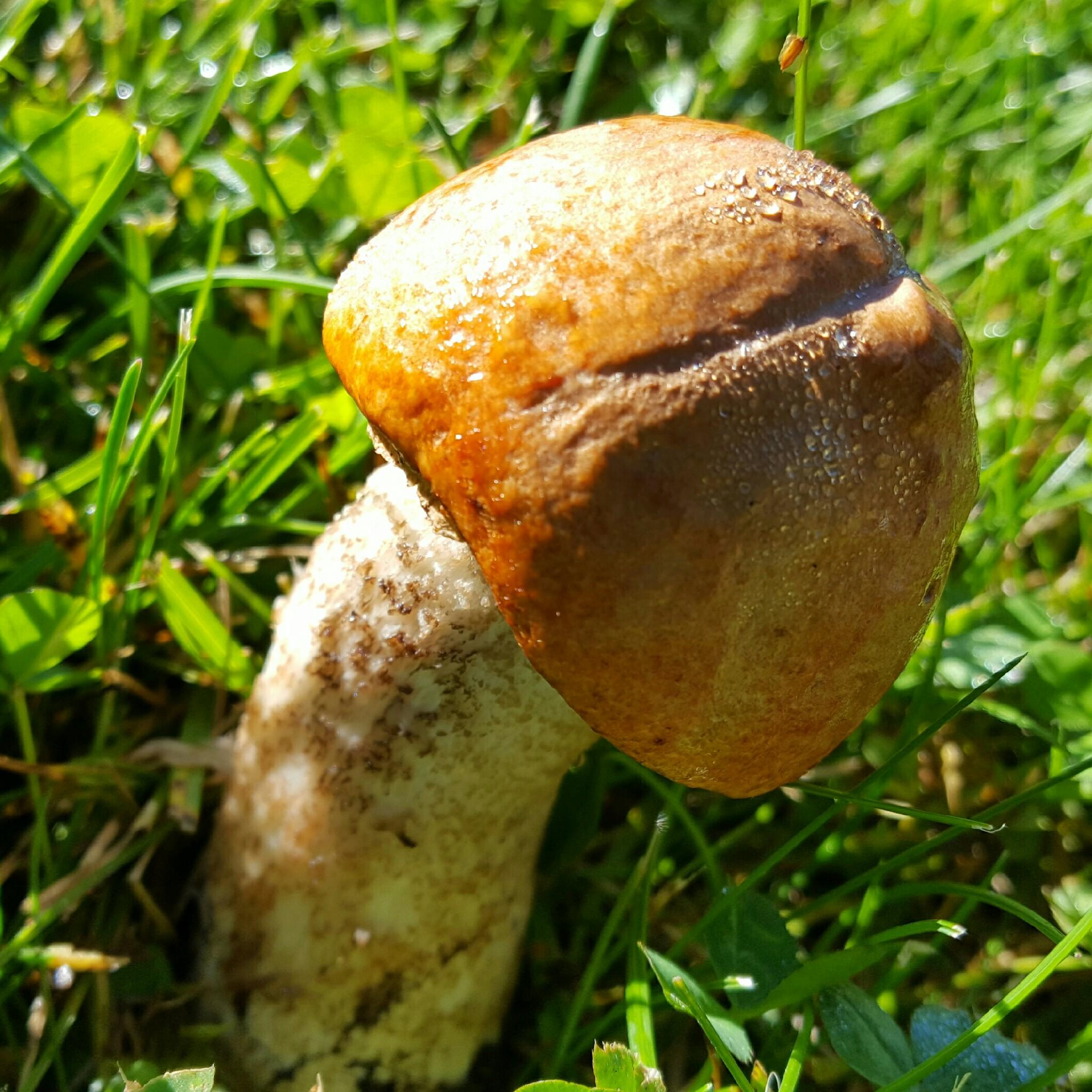In Alaska, passion for hunting runs deep. For many, the thrill of hunting big game is second to none. But there’s another group of hunters in Alaska tracking a different kind of prey: mushrooms.
Neil McArthur has one rule when he’s mushroom hunting.
“When in doubt, move on,” McArthur said.
McArthur would know. He’s been hunting mushrooms in Homer for 25 years. This year, he published Alaska’s Mushrooms: A Wide-Ranging Guide, along with University of Fairbanks Professor Gary Laursen.
Mushroom hunting can be a dangerous business, McArthur said. Some mushrooms, like the infamous Amanitas, are lethal to humans.
“Some of the amanitas are extremely toxic,” McArthur said. “They’re reputed to taste wonderful. The only thing is that three days later you need a liver transplant.”
One of the challenges with identifying mushrooms is that their appearance changes dramatically as they age. When it first pops out of the ground, an immature mushroom often looks like something you might find in a grocery store: a little button.
At this stage, it’s easy to confuse an edible species with a poisonous one.
“The gill structure isn’t really visible, the gill color isn’t really visible. They tend to be white and small and rolled up in a button,” McArthur said.

The sheer number of mushroom species can also make identification difficult. There are about 70,000 species of fungi worldwide. In Alaska alone, there are thousands of mushroom species.
A mushroom hunter’s first question is usually “Can I eat it?” Unfortunately, many of the species in Alaska are inedible. And with names like dung dome and belted slimy cort, it’s not hard to imagine why.
On a crisp fall day in September, McArthur leads a small group of amateur mushroom hunters on a collecting trip near the Homer Airport.
The group fans out across the forest, eyes glued to the ground. A thick layer of cushy sphagnum moss carpets the forest floor.
One hunter spots a mushroom peeking out from behind a log. McArthur tells her not to bother picking it.
“Is this fungus poisonous? No, but it has the texture of a hardwood plank, I don’t think you want to eat it!” McArthur laughed.
But mushroom collector Pat Esperanto isn’t deterred. He’s holding out hope that he might find his favorite mushroom, the King Bolete, also known as the porcini.
“They’re wonderful. They taste delicious, they taste like steaks. They’re just phenomenal,” Esperanto said.
McArthur spots a patch of mushrooms that looks promising. He sloshes through a puddle and crawls under the low hanging branches of a spruce tree to take a closer look.
“This is a relation of the grocery store mushroom. It’s usually edible,” McArthur said.
“Okay, you go first,” quipped one mushroom collector.
“Well, I made an omelet out of a couple of ‘em that I found in my driveway last week,” McArthur laughed.
It’s a patch of horse mushrooms, Agaricus arvensis. None of them are poisonous, but only one of the mushrooms in the patch is edible. McArthur cuts open the other two to show why you probably wouldn’t want to eat them.
“See the little tiny holes? They’ve probably gone clear up through and into the cap. I’m sure the maggots are edible, but they’re not really appealing,” McArthur said.
The hunters find dozens of mushrooms in the forest, but not many of them are edible. Most leave empty-handed.
But McArthur isn’t disappointed. For him, mushroom hunting is really just an excuse to spend time enjoying the great outdoors.
“Even when you’re finding no mushrooms you get a nice walk in the woods,” McArthur said .
The mushroom hunting season is nearly over for the year, but McArthur said there’s still a chance to find edible mushrooms before the first hard frost.
Shahla Farzan is a reporter with KBBI - Homer.
Shahla first caught the radio bug as a world music host for WMHC, the oldest college radio station operated exclusively by women. Before coming to KBBI, she worked at Capital Public Radio in Sacramento and as a science writer for the California Environmental Legacy Project. She is currently completing her Ph.D in ecology at the University of California-Davis, where she studies native bees.
When she's not producing audio stories, you can find Shahla beachcombing or buried in a good book.







